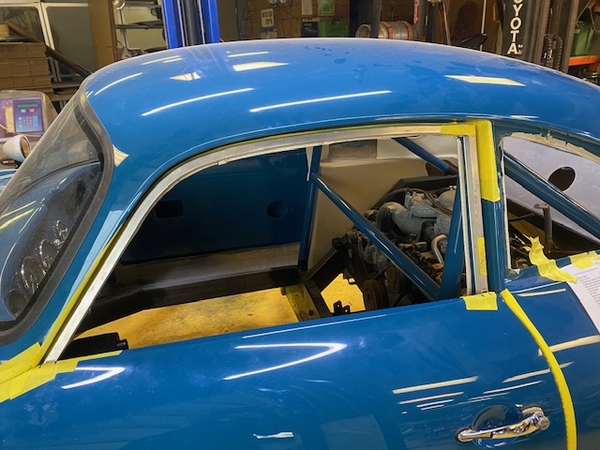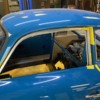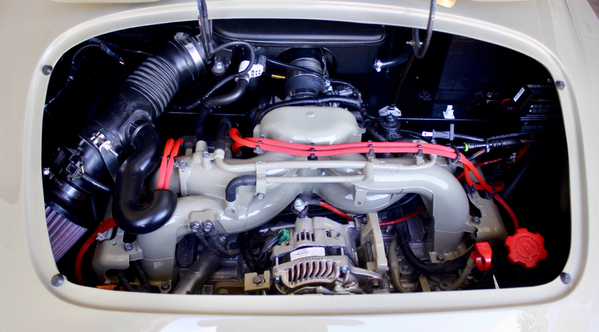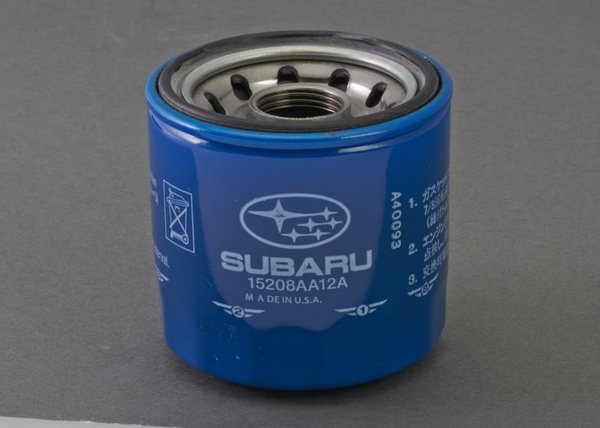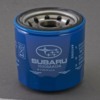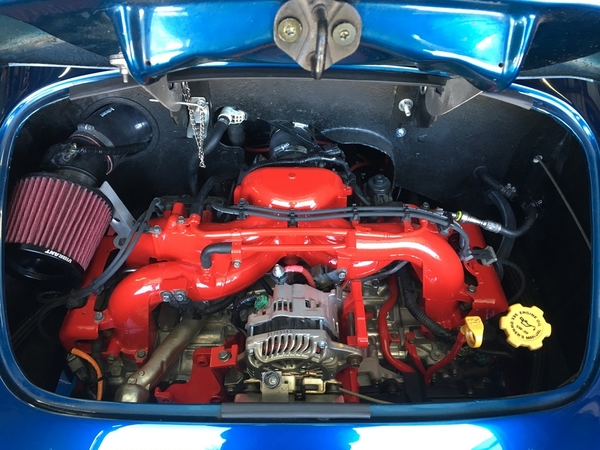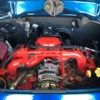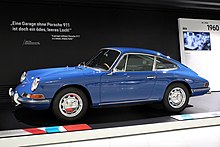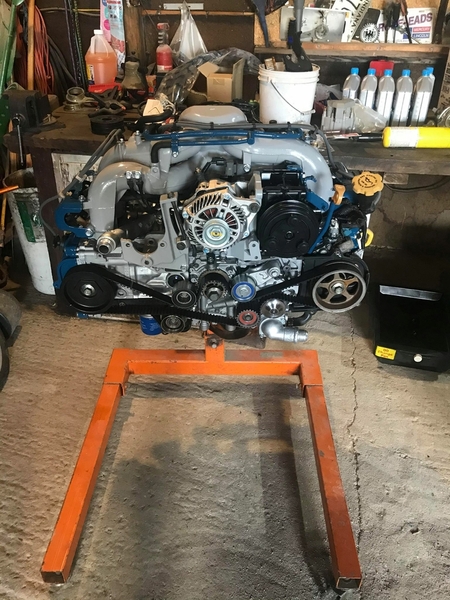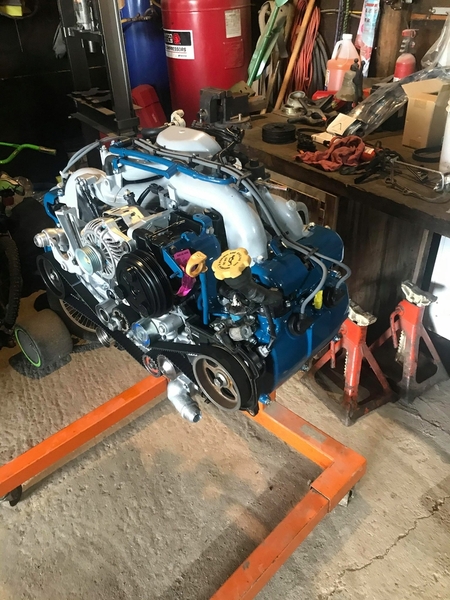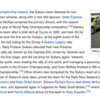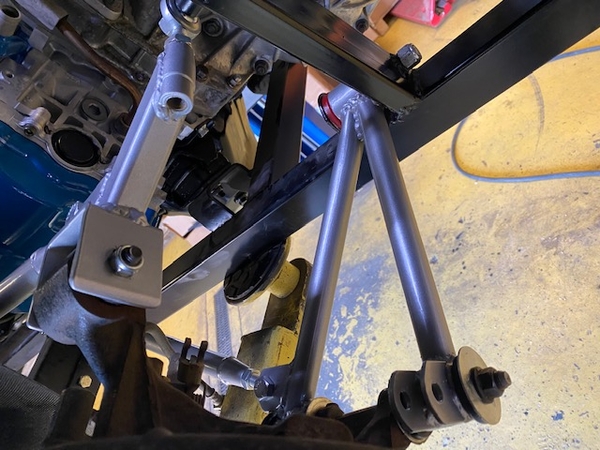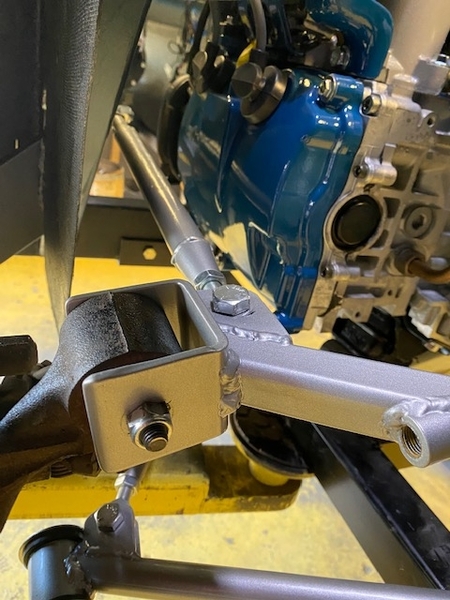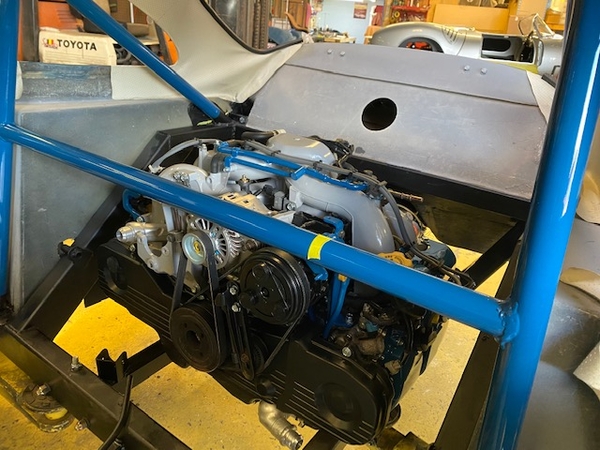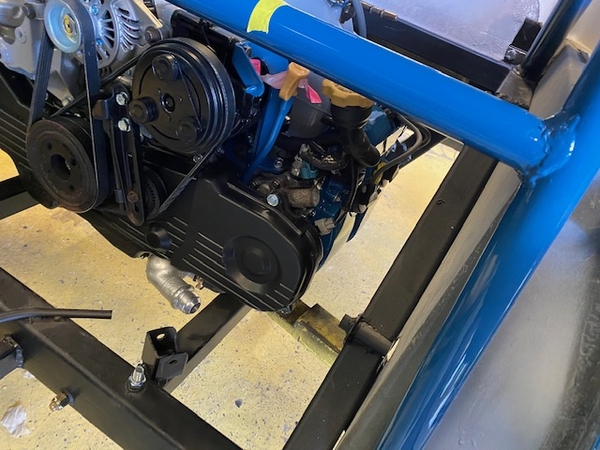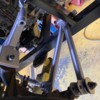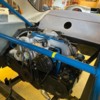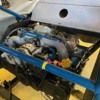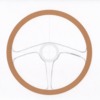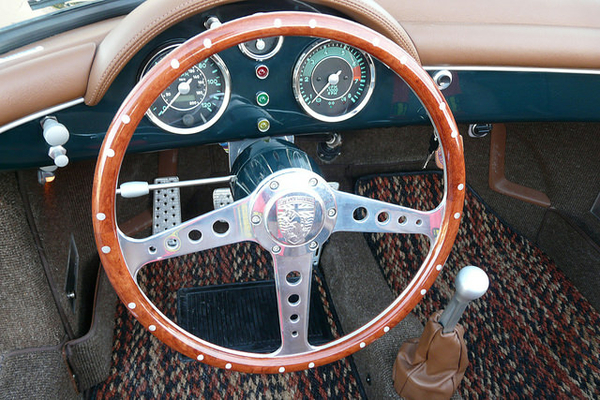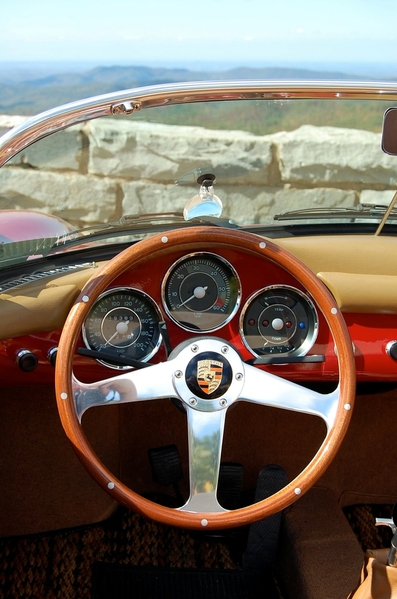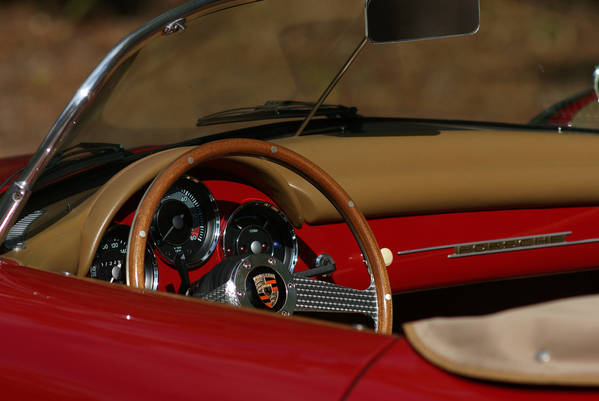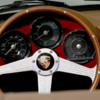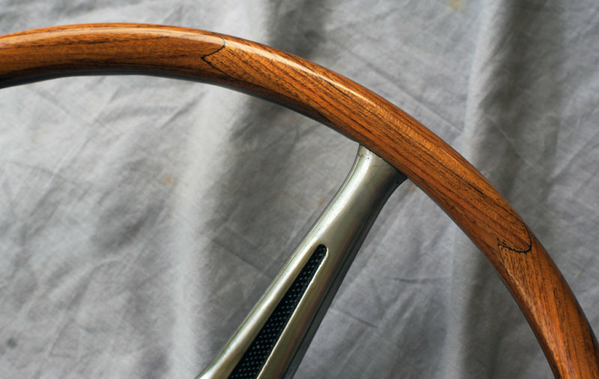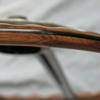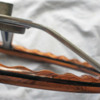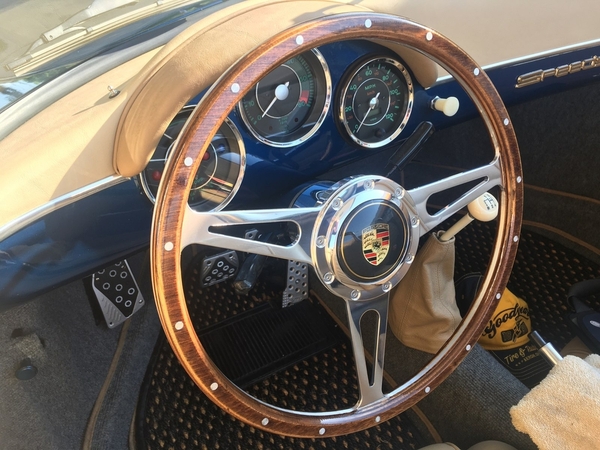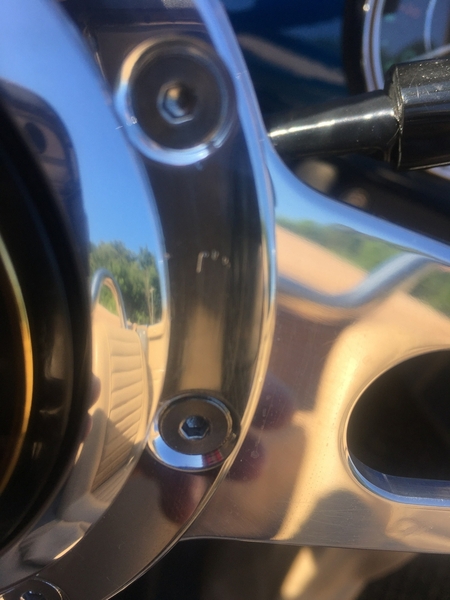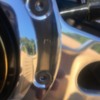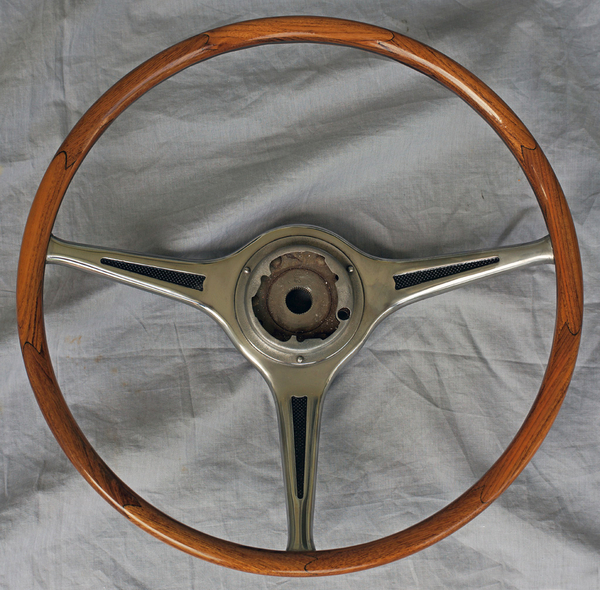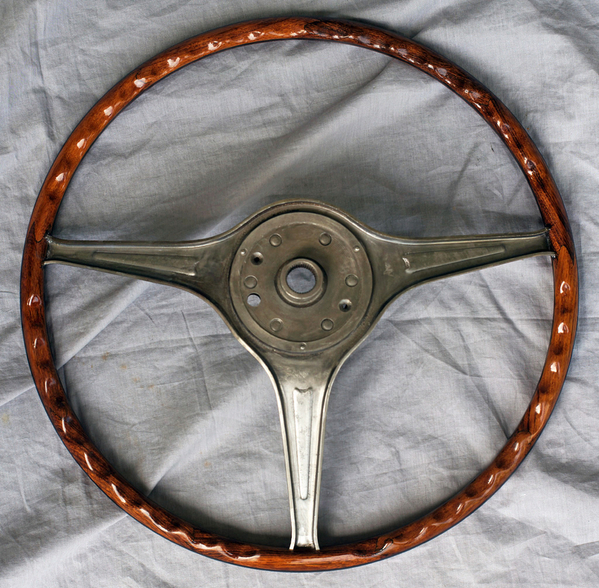What is the benefit of that if you don’t actually double clutch?
The cigar goes to Mr. Anderson.
You DO get the engine spinning up where it needs to be for the downshift but methinks you're still doing a disservice to the synchros.
So, here's how I learned it in the middle of the last century:
When the clutch pedal is down (clutch released), the engine is not connected to the gearbox. You can rev the engine all you want then and nothing will spin up in the tranny.
The whole point of rev-matching is to get the next gear down spinning at the speed it will need to be at when you engage the gears.
So, clutch pedal down, shift to neutral, clutch pedal up, rev the engine (and the now-attached gearbox), quick-like-a-bunny depress clutch pedal a second time (thus double-clutching), and then shift down while the bits in the gearbox are still spinning at the speed they will need to be after the shift. Then, finally, clutch pedal up to engage gears.
Some of the comments in the video suggest modern gearboxes don't need to be down-shifted this way any more. True? Myth?
Have I mythed something?
In any case (see what I did there?), I suspect our VW gearboxes are old enough to need to be shifted the way I learned.


